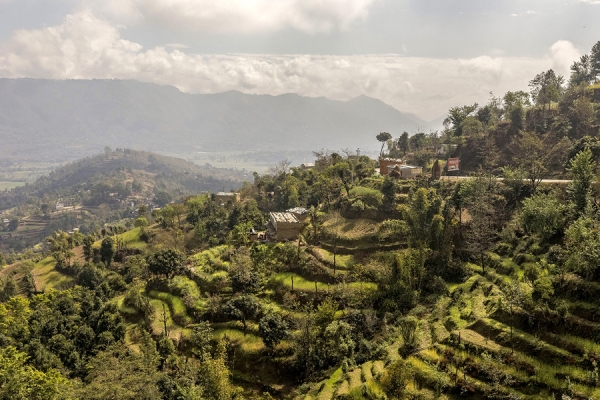Climate change and agriculture

Climate change is a real threat to the lives in the world. The change is due to exponential growth of CO2 and other greenhouse gases in the atmosphere. It results in variations in solar energy, temperature and precipitation.
Climate change largely affects water resources, agriculture, coastal regions, freshwater habitats, vegetation and forests, snow cover and melting and geological processes such as landslide, desertification and floods and has long-term impacts on food security as well as in human health.
Nepal’s economy depends on agriculture. It has been divided in mountains, hills and Terai.
A total of 3091000 ha area is cultivated for agriculture and it accounts for 38.15% of the gross domestic product (GDP). The country is susceptible to disasters, including flash flood and melting snow in the mountains and droughts and inundation in the Terai.
Darchula district had faced unusual snowfall affecting collection of precious medicinal herbs like Yarsa gumba. Eastern Terai had faced rain deficit by early monsoon and crop production fell by 12.5% on national basis but Mid-Western Terai had faced heavy rain with floods.
In Nepalese agriculture, time has come for the authorities to find out adaptive measures to mitigate the effects of natural calamities and miseries due to erratic weather patterns.
So the objectives should be to introduce the concept of climate change and its impacts in agriculture and help policy makers in formulating strategies on climate change and its consequences.
A version of this article appears in print on June 22, 2016 of The Himalayan Times.

Facebook comments